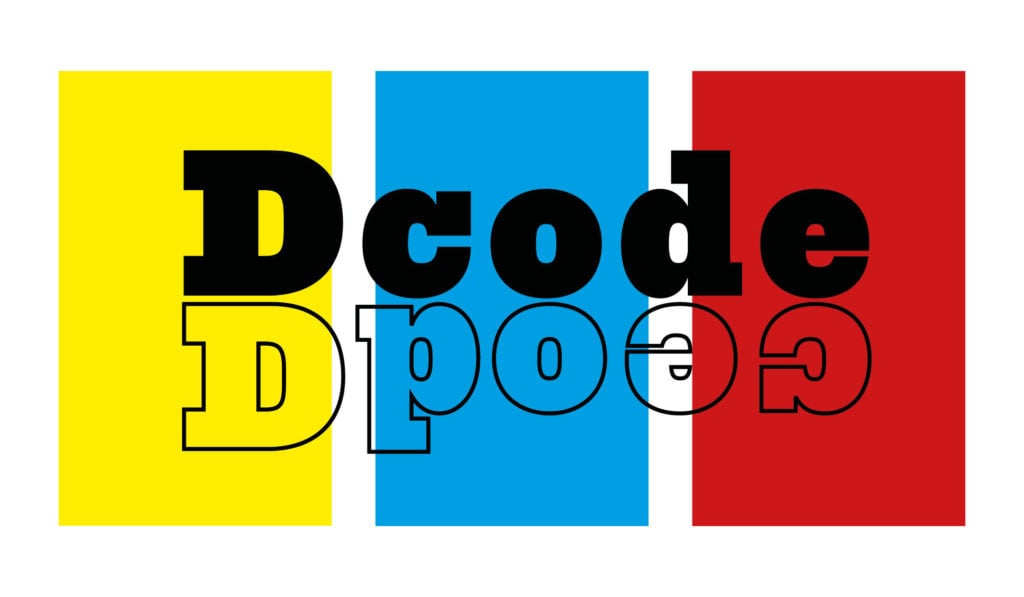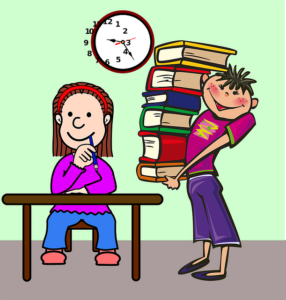
Does your child need help? 10 signs every parent should recognise
Struggling readers will often try to hide the fact that they can’t read. They will use a combination of guesswork and context to figure it out which can make it hard for parents to spot the signs of dyslexia.
People with dyslexia have trouble connecting written letters with the sounds they make. Contrary to common beliefs, dyslexia is not a visual problem. It is a language-based problem that makes it difficult for people to decode or sound out words.
The importance of early detection of learning disabilities like dyslexia is absolutely crucial. Dyslexia can have a profound impact on a student’s ability to read and write. Without these invaluable language skills, students with dyslexia can experience lifelong educational, social, and economic problems.
Dyslexia has nothing to do with intelligence – with specialised instruction, people with dyslexia can become happy and confident readers.
There’s no one definitive ‘way’ to spot dyslexia
Reading disorders show up in different ways for different people. That’s why it is essential to get help if your child is exhibiting any of the signs listed below:
- Difficulty learning and retaining letter names
- Guessing at words, maybe based on a picture or context, instead of sounding out letters
- Delayed reading skills
- Challenges with spelling, often repeating the same mistakes over and over
- Slow and awkward reading
- Forgetting what they just read
- Slower at writing than their peers
- Complaining about reading – that it’s boring or difficult
- Trouble recognising rhyming patterns like sat and mat
- Avoiding activities that involve reading

Introducing DCode
A simple and effective reading programme for parents and teachers of struggling students.
Other Posts
We developed the DCode system to help parents, teachers, and struggling readers. We also provide free to access resources that explain details relating to struggling readers, feel free to take a look!


